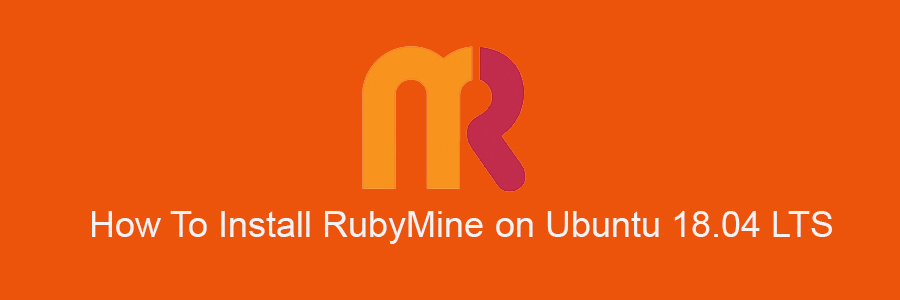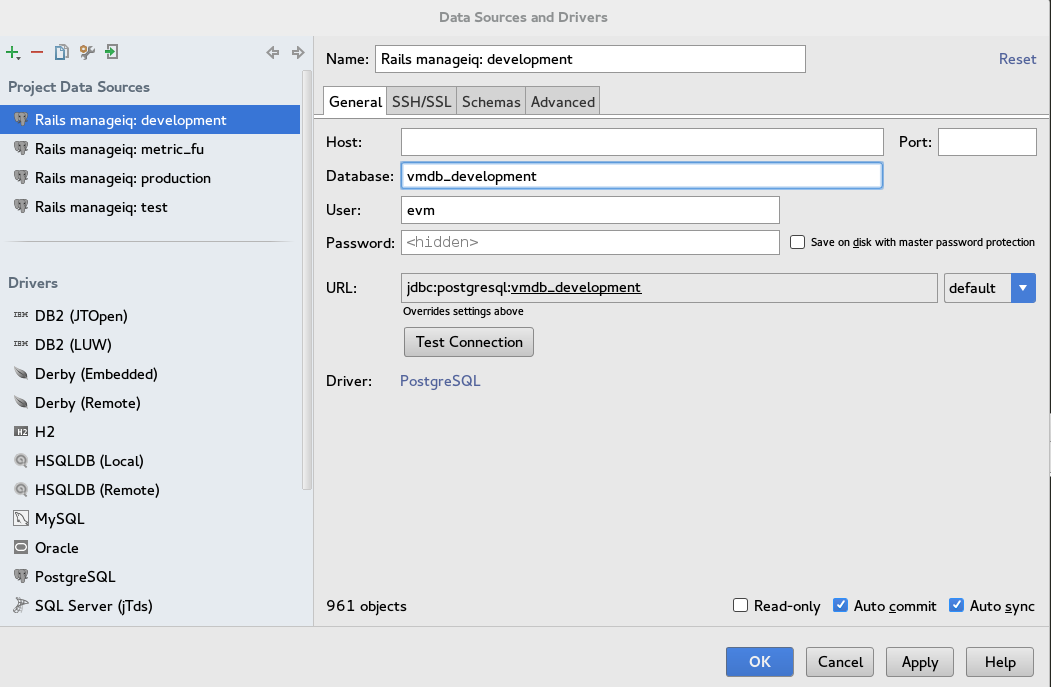
D: Specify the path to the installation directory CONFIG: Specify the path to the silent configuration file To perform silent install, run the installer with the following switches:
Install rubymine install#
It can be used by network administrators to install RubyMine on a number of machines and avoid interrupting other users. Silent installation is performed without any user interface. When you run RubyMine for the first time, you can take several steps to complete the installation, customize your instance, and start working with the IDE.įor more information, see Run RubyMine for the first time.įor information about the location of the default IDE directories with user-specific files, see Directories used by the IDE.

On the Welcome screen, click Configure | Create Desktop Entryįrom the main menu, click Tools | Create Desktop Entry To create a desktop entry, do one of the following: Always extract it to a clean directory.Įxecute the rubymine.sh script from the extracted directory to run RubyMine. The Toolbox App maintains a list of all your projects to quickly open any project in the right IDE and version.ĭo not extract the tarball over an existing installation to avoid conflicts.
Install rubymine update#
Use it to install and manage different products or several versions of the same product, including Early Access Program (EAP) and Nightly releases, update and roll back when necessary, and easily remove any tool. The JetBrains Toolbox App is the recommended tool to install JetBrains products. You do not need to install Java to run RubyMine because JetBrains Runtime is bundled with the IDE (based on JRE 11). Latest 64-bit version of Windows, macOS, or Linux (for example, Debian, Ubuntu, or RHEL)

Officially released 64-bit versions of the following:Īny Linux distribution that supports Gnome, KDE, or Unity DE. SSD drive with at least 5 GB of free space RubyMine supports multithreading for different operations and processes making it faster the more CPU cores it can use. For additional help or useful information, we recommend you to check the official RubyMine website.Multi-core CPU. Thanks for using this tutorial for installing RubyMine on CentOS 7 systems. RubyMine-2018.3.2/bin/rubymine.sh /usr/bin/rubymineĪfter successful installation to start RubyMine via terminal run following command: rubymineĬongratulation’s! You have successfully installed RubyMine. Next, run RubyMine like normal programs you should create symbolic link using the following command: sudo ln -s. yum clean allĭownload RubyMine using official RubyMine download page using wget command: sudo wget First let’s start by ensuring your system is up-to-date. I will show you through the step by step installation RubyMine on a CentOS 7 server. The installation is quite simple and assumes you are running in the root account, if not you may need to add ‘sudo’ to the commands to get root privileges.

Install rubymine how to#
Prerequisites: This article assumes you have at least basic knowledge of Linux, know how to use the shell, and most importantly, you host your site on your own VPS.

In this tutorial we will learn how To Install RubyMine on CentOS 7.
Install rubymine code#
RubyMine build upon the IntelliJ IDEA platform and brings together all of the essential features you expect of an IDE (editor, debugging tools, source control integration, code completion, and so forth) along with lots of extra goodies specific to Ruby, such as GUI-based support for RSpec and Test. RubyMine is an all-new IDE for Ruby and Rails developers, developed by JetBrains (best known for Java IDE IntelliJ IDEA).


 0 kommentar(er)
0 kommentar(er)
